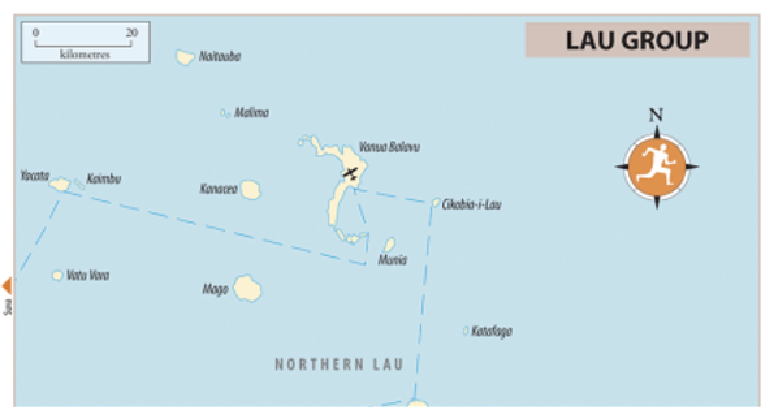Travel Reference
In-Depth Information
lage of
Nawaikama
on the west coast beside the island's jetty has a hot-water stream, fed by
a
thermal spring
in the hills, where the village kids bathe.
Lau Group
Like the flick of a paint brush, sixty tiny dots in a canvas of deep blue make up the
LAU
GROUP
, a widely dispersed collection of islands forming the distant eastern border of Fiji.
Only half the islands are inhabited and the people who live here are almost completely reliant
on the reef-strewn sea that surrounds them. Cargo boats from Suva bring in essential sup-
plies and connect the islands with the outside world. Otherwise, they remain untouched,
un-
developed
and seldom visited by outsiders. For those that do venture here, a warm welcome
awaits as well as the chance to sample a unique
culture
- a mixture of Polynesian
Tonga
and
Melanesian Fiji.
The Lau Group can be split into three regions: Moala, Northern Lau and Southern Lau. The
three high volcanic islands of the
Moala Group
lie to the south of Lomaiviti and are the
closest to Viti Levu and the least influenced by Tongan culture.
Northern Lau
is the region
most appealing to tourists, thanks to the historic island of Vanua Balavu which has access to
the spectacular Bay of Islands.
Southern Lau
is the most isolated part of the group, in places
closer to Tonga than Suva. These islands hold the region's seat of power at the traditional
village of Tubou on Lakeba.
If you're coming to the Lau Group, bring plenty of cash - there are no banks, only a handful
of small village stores and food and fuel costs are inflated due to their isolation.

